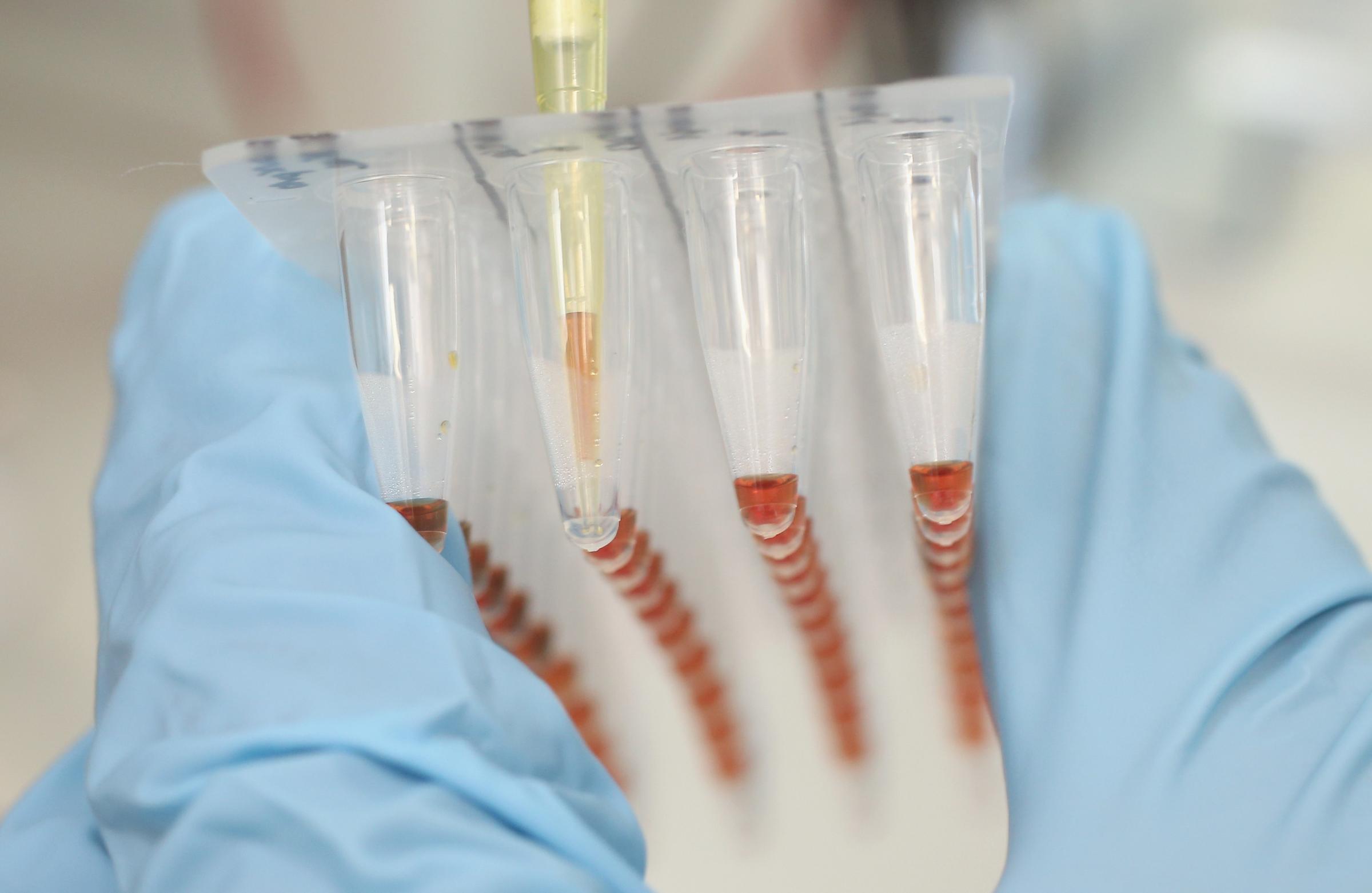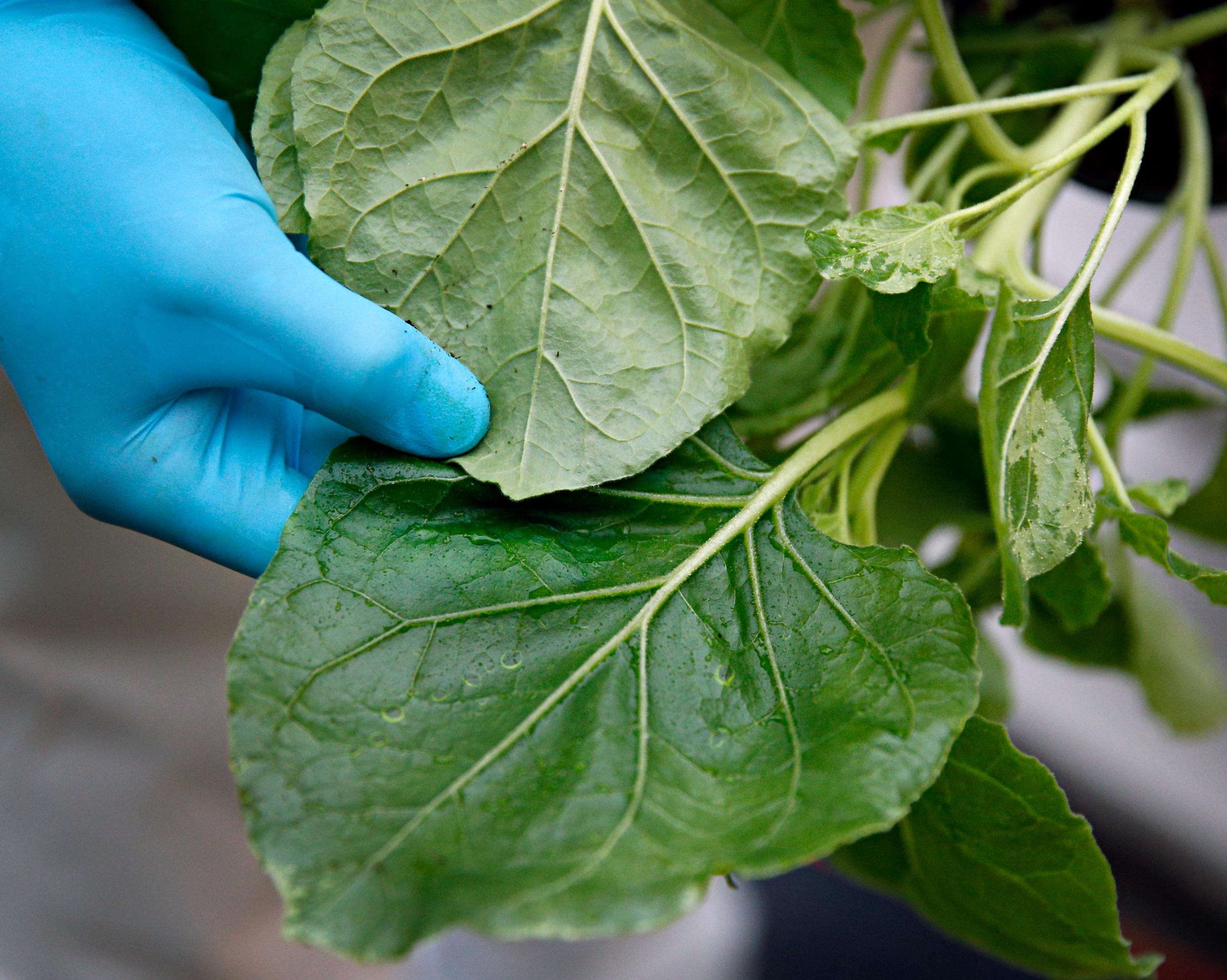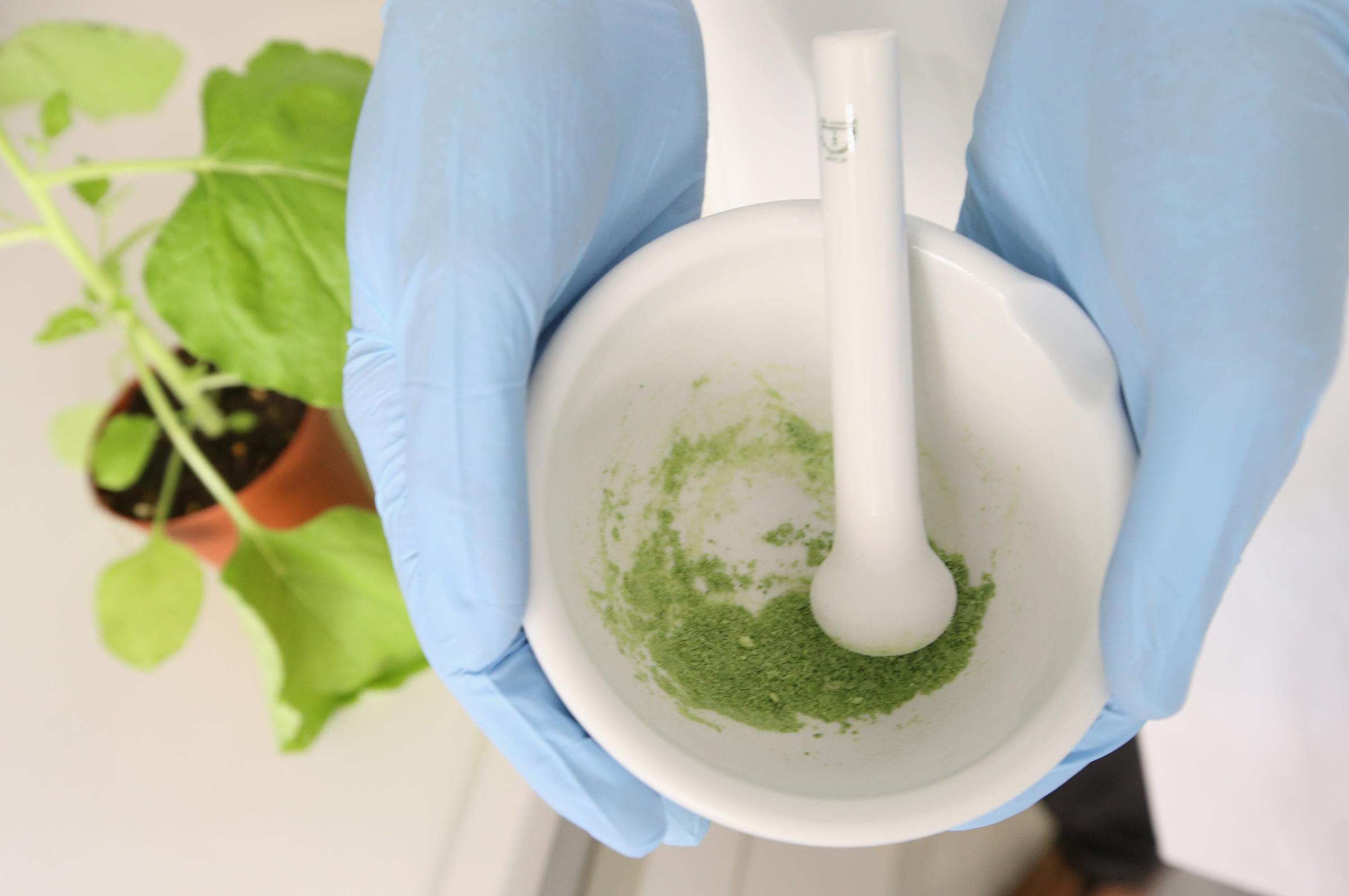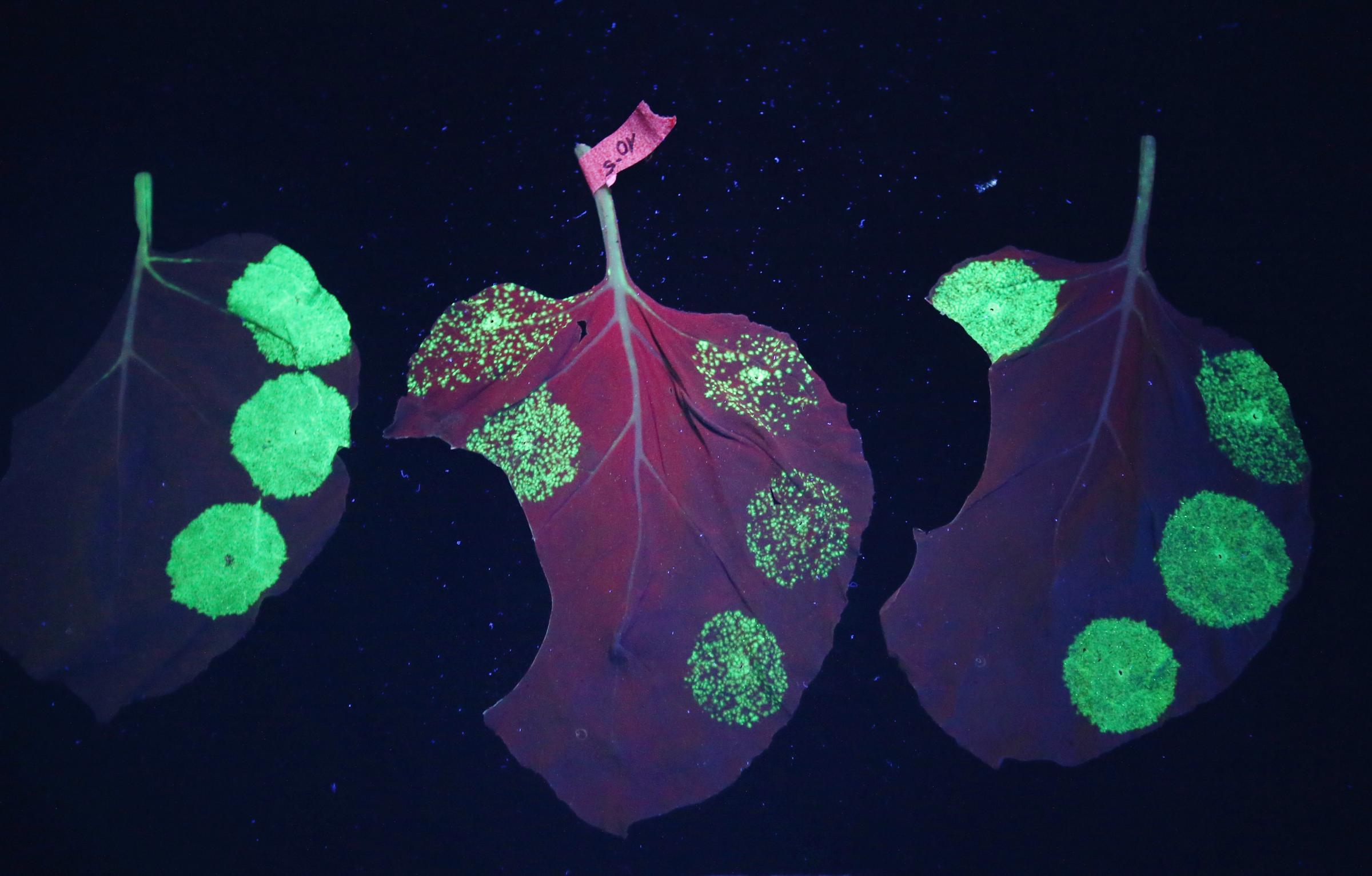On Friday, San Francisco became the first American city to ban smokeless tobacco—chewing tobacco and “moist inhalable snuff”—at sports venues.
The new ordinance, signed by Mayor Ed Lee, goes into effect on Jan. 1, 2016. Violators will be asked to leave the playing fields (where cigarette and cigar smoking is already banned), the Associated Press reports.
Anti-smoking groups argue that a ban on smokeless tobacco—which has been linked to cancer and nicotine addiction—sends the right message to kids who look up to the players. But San Francisco Giants pitcher Matt Cain said the measure may be hard to enforce, noting that coffee pouches resemble tobacco pouches, according to an article on the team’s website.
The state Assembly is still considering a bill banning tobacco use—electronic cigarettes included—wherever there’s a baseball game, the AP reports.
Read next: Why Lawmakers Want Smokeless Tobacco Thrown Out of the Homes of a National Pastime
See The Tobacco Leaves That Could Cure Ebola






More Must-Reads from TIME
- Why Trump’s Message Worked on Latino Men
- What Trump’s Win Could Mean for Housing
- The 100 Must-Read Books of 2024
- Sleep Doctors Share the 1 Tip That’s Changed Their Lives
- Column: Let’s Bring Back Romance
- What It’s Like to Have Long COVID As a Kid
- FX’s Say Nothing Is the Must-Watch Political Thriller of 2024
- Merle Bombardieri Is Helping People Make the Baby Decision
Write to Olivia B. Waxman at olivia.waxman@time.com